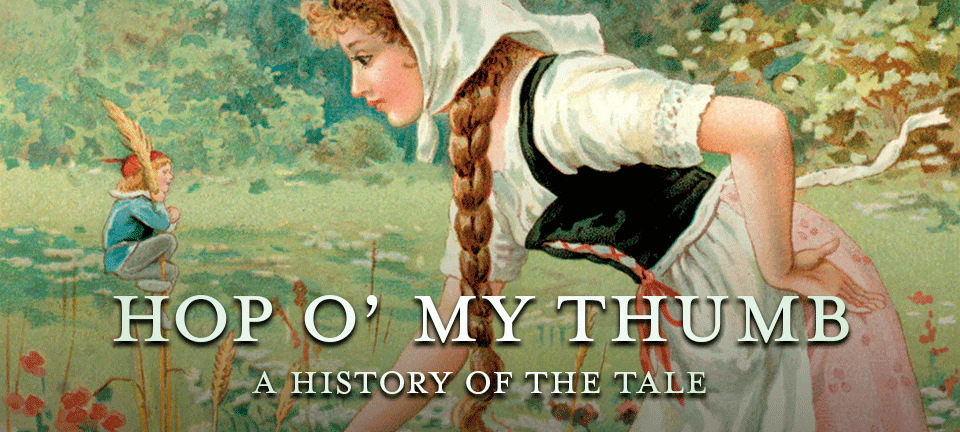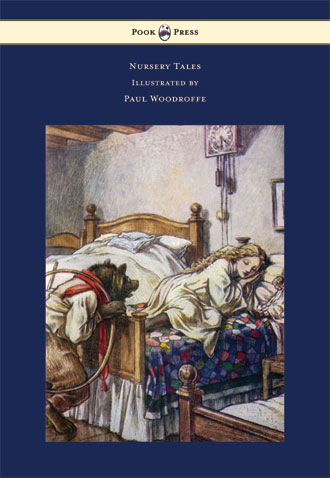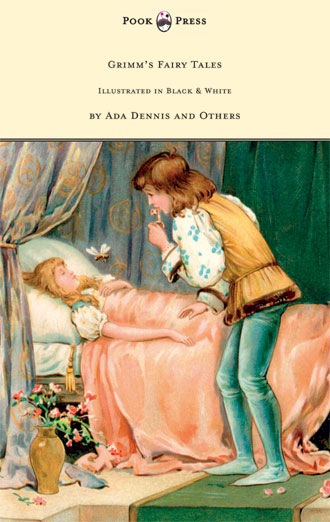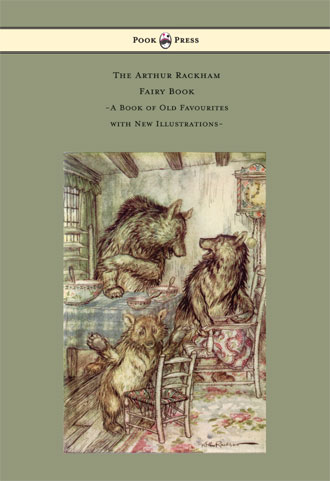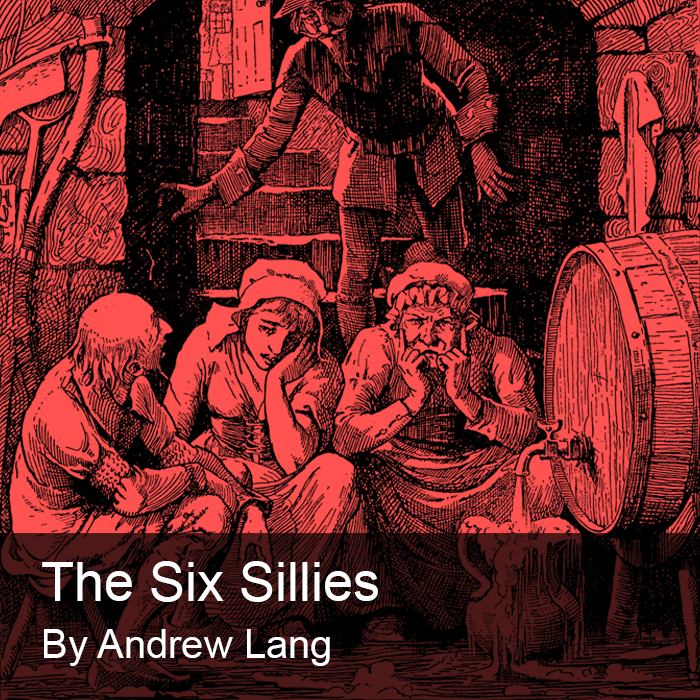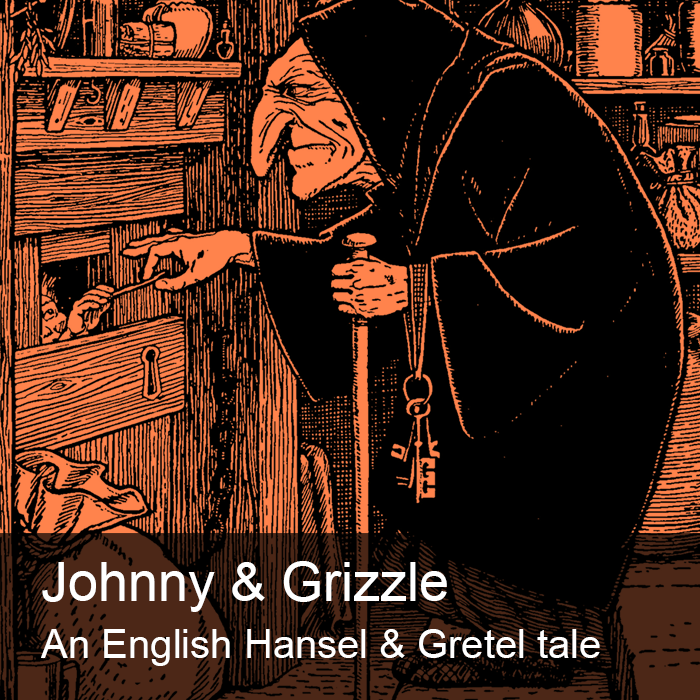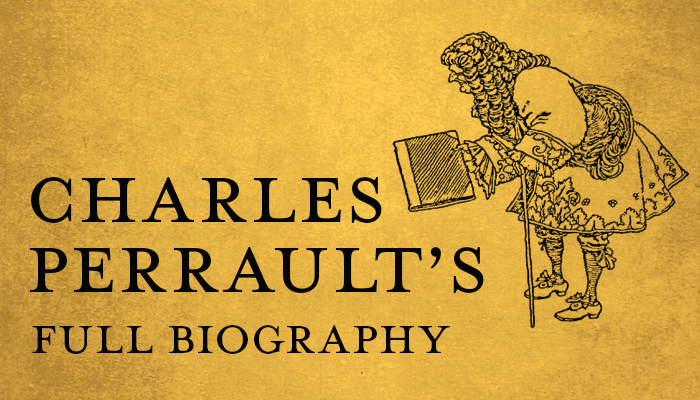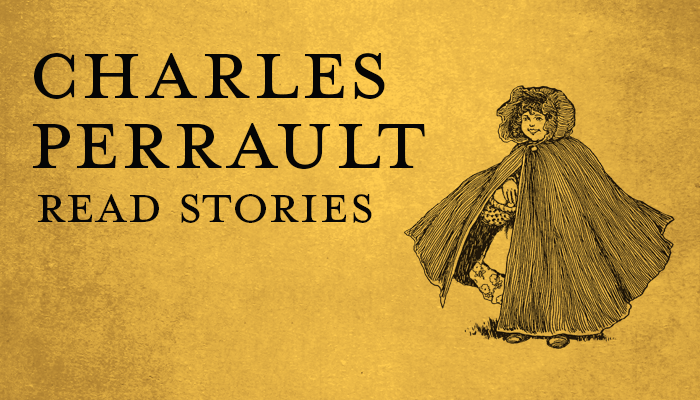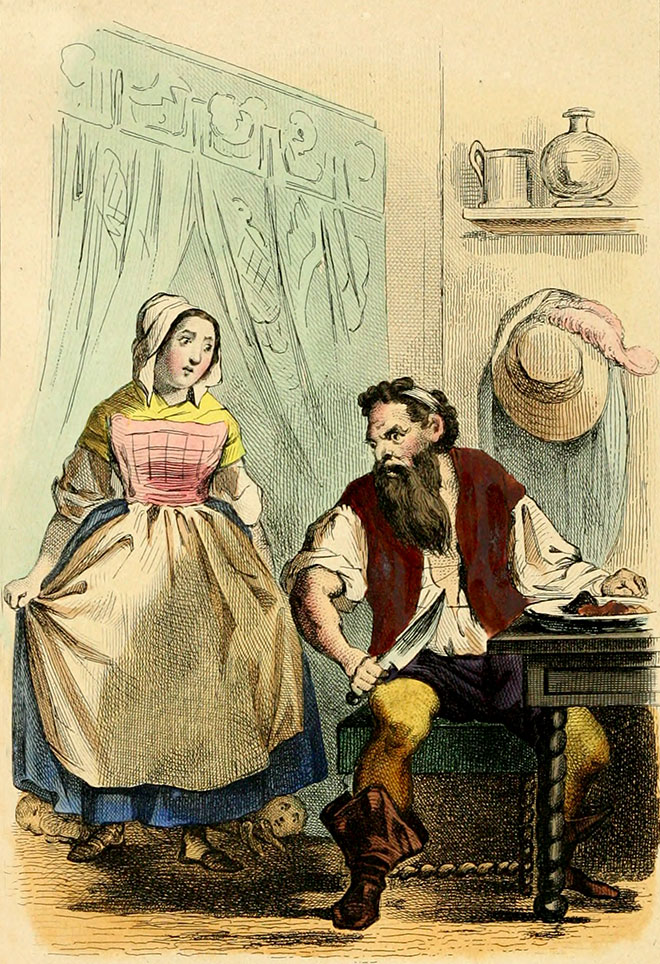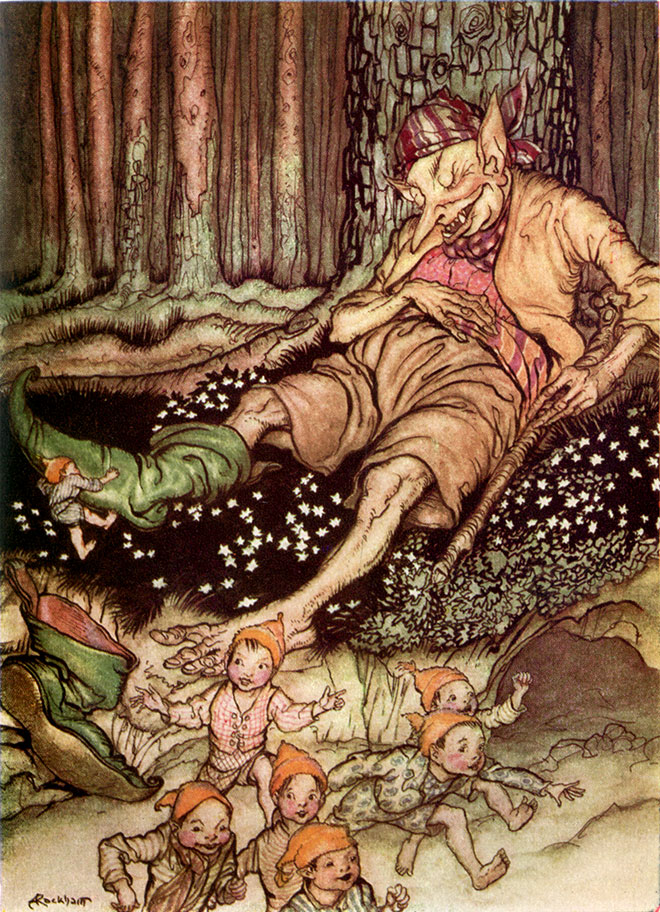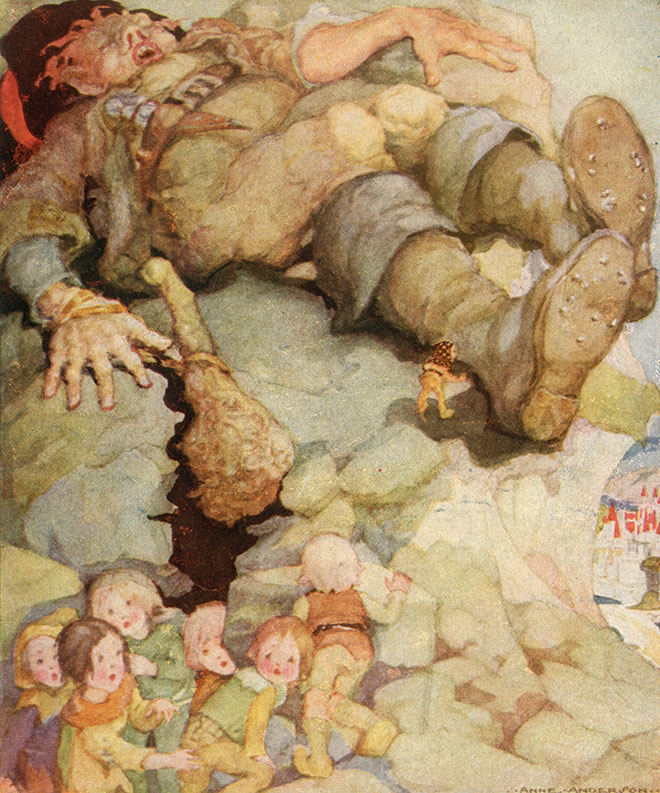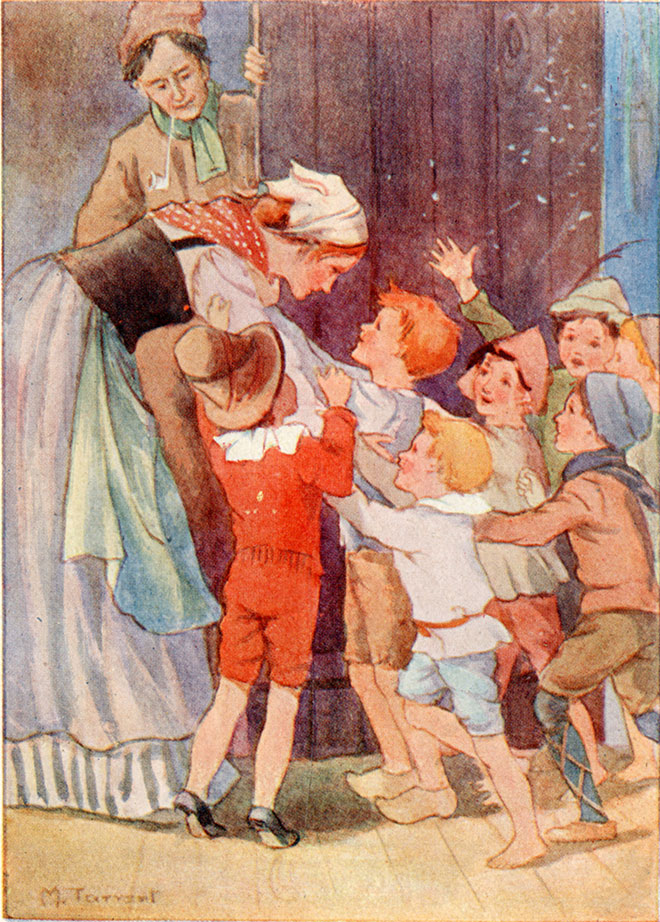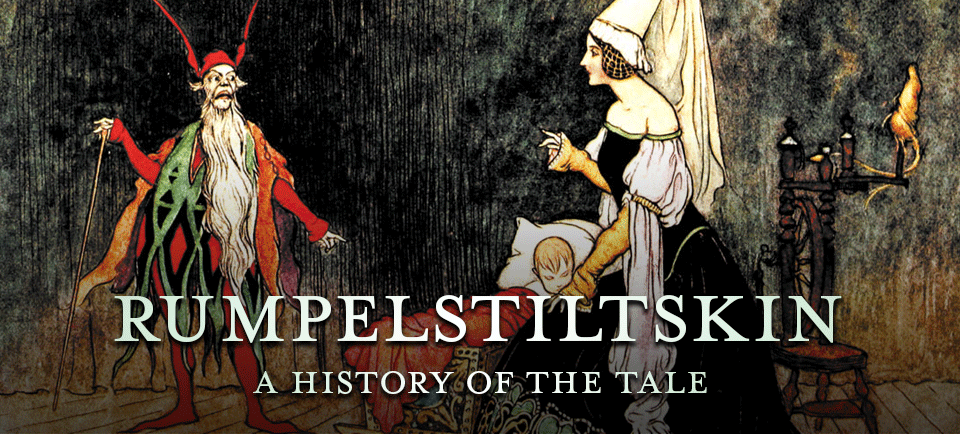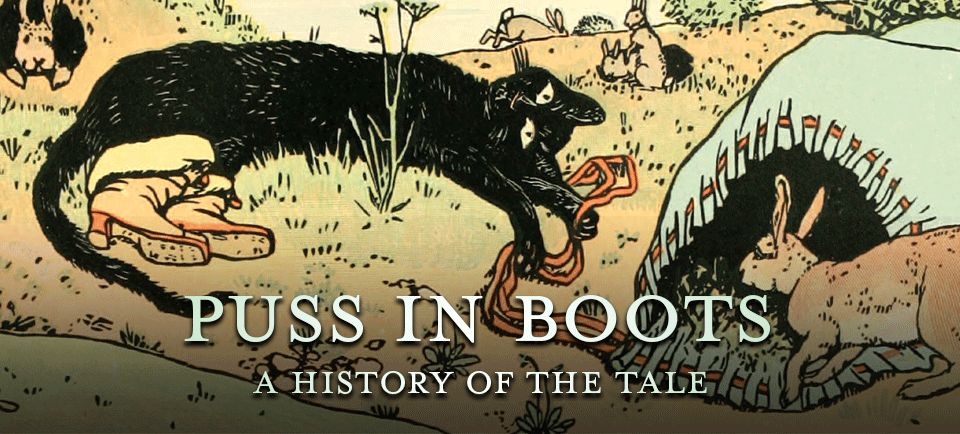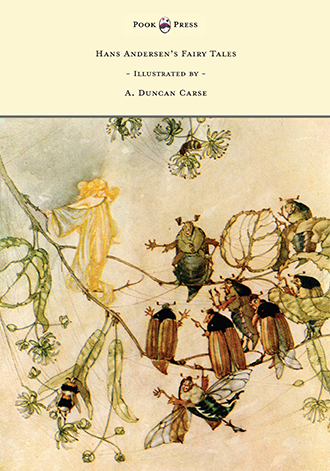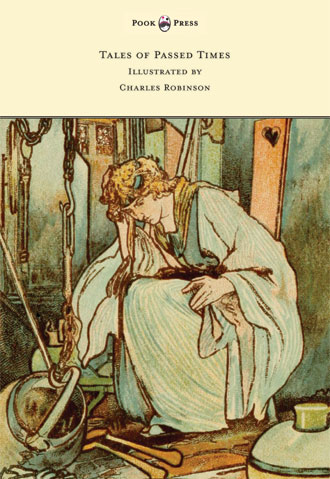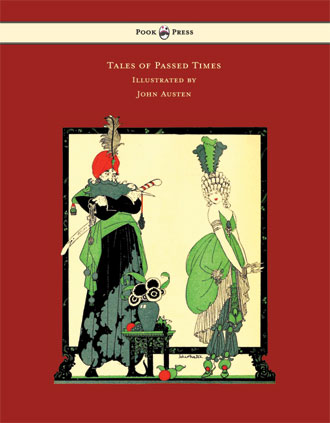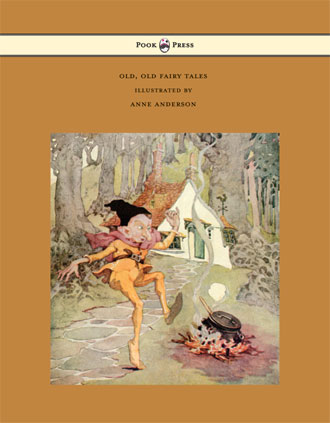The History of Hop O’ My Thumb
Hop o’ My Thumb (French: Le Petit Poucet), is one of the eight fairy tales published by Charles Perrault in Histoires ou Countes du Temps Passé (1697). The story is now world renowned, classified as Aarne-Thompson type 327B; ‘the small boy defeats the ogre.’
Hop o’ My Thumb (French: Le Petit Poucet), is one of the eight fairy tales published by Charles Perrault in Histoires ou Countes du Temps Passé (1697). The story is now world renowned, classified as Aarne-Thompson type 327B; ‘the small boy defeats the ogre.’
This type of fairy tale, in the French oral tradition, is often combined with motifs from the type 327A, similar to the story of Hansel and Gretel. The French name for the hero, ‘Poucet’ (Poo-seh), derives from the French word ‘pouce’ (pooss), which means ‘thumb’, ‘big toe’, or ‘inch’. The suffix ‘-t’ gives it an affectionate touch, given the morphemes of the language.
At the beginning of the story, it is mentioned that Poucet was no bigger than a man’s thumb when he was born. However it seems that for the remainder of the story, the protagonist is just a small child, and the tale bears little resemblance to its close namesakes, Tom Thumb or Thumbling (apart from their diminutive size). As is the nature of traditional stories, passed on orally, the beginning passage might be a remnant from an older tale, ancestral to both Hop-o’-My-Thumb and Tom Thumb.
SELECTED BOOKS
The story was first published in English as Little Poucet in Robert Samber’s 1729 translation. Samber stayed true to the original story, but later in 1764, the name of the hero was changed to Little Thumb. In 1804, William Godwin in Tabart’s Collection of Popular Stories for the Nursery re-titled it Hop o’ My Thumb, a term that was common in the sixteenth century, referring to a tiny person. Regardless of these changes, the story has stayed mostly the same; Hop o’ My Thumb (Poucet) is the youngest of seven children in a poor woodcutter’s family, but his great wisdom compensates for his smallness of size.
When the children are abandoned by their parents, he finds a variety of means to save his life and the lives of his brothers. After being threatened and pursued by an ogre, Poucet steals his magic seven-league boots while the monster is sleeping. Perrault’s seven-leagued boots are undoubtedly inspired by the sandals of Hermes – godly, golden shoes (from Homer’s Odyssey, composed near the end of the eighth century BCE). Seven-leagued boots themselves actually appear in the ancient Italian rhymed Historia delliombruno, which contains one of the earliest representations of these famous articles. It is unclear though, whether Perrault was aware of this text.
READ FAIRY TALES ONLINE NOW
‘Hop O’ My Thumb’ – Les Contes Des Fees, M. M. Parquet, 1908.
‘Hop O’ My Thumb’ – The Arthur Rackham Fairy Book, Arthur Rackham, 1933.
Hop O’ My Thumb contains many ancient variants. It starts (in a very similar manner to Hansel and Gretel) with a father and mother attempting to lose their children in a forest. These tales most likely originated in the times of medieval famines, when peasants must often have been tempted to ‘lose’ their children. Likewise in Hop O’ My Thumb, the trail of white pebbles (which occurs in Hansel and Gretel) is replicated, with the youngest child who leaves a clue, first a paper trail and secondly (the spoiled) breadcrumbs – eaten by birds. This trope of ‘trail laying’ is common to many such narratives, the earliest written example being Theseus and the Minotaur, where Theseus (the protagonist) finds his way out the maze with a line of string.
As the story progresses, the children in Hop o’ My Thumb arrive at an ogre’s house, where they are entertained by his wife. The ogre discovers their presence by the smell of human flesh. This episode is also highly typical of fairy tale devices, most notably evidenced in the Scottish Mally Whuppy story. Here, the ogre famously calls: Fee, Fie, Fo, Fum – I smell the blood of an earthly one! In many versions of Hop o’ My Thumb, the children manage to avoid being eaten, by tricking the ogre into killing his family instead of them (not unlike the trick which Gretel uses to bake the witch trying to eat them).
Similarly in Mally Whuppy, the prisoners are put in a sack, but induce others to take their place, thus avoiding their fate. In Perrault’s version, the ogre ends up cooking his own children, but does not end up eating them. Here, the children had swapped their own nightcaps for the ogre’s daughters’ crowns, causing the fateful mistake. Although this set of events sounds far-fetched, it is far from original in the world of folkloric myths; it appears in the legend of the Minyan House of Athamas. In this story, one set of children were in white nightgowns and the other in black (one mother swapping them around to save her own offspring).
As a testament to this story’s ability to inspire and entertain generations of readers, Hop O’ My Thumb continues to influence popular culture internationally, lending plot elements, allusions , nd tropes to a wide variety of artistic mediums. The tale has been translated into almost every language across the globe, and very excitingly, is continuing to evolve in the present day.
DISCOVER
MORE SELECTED BOOKS

